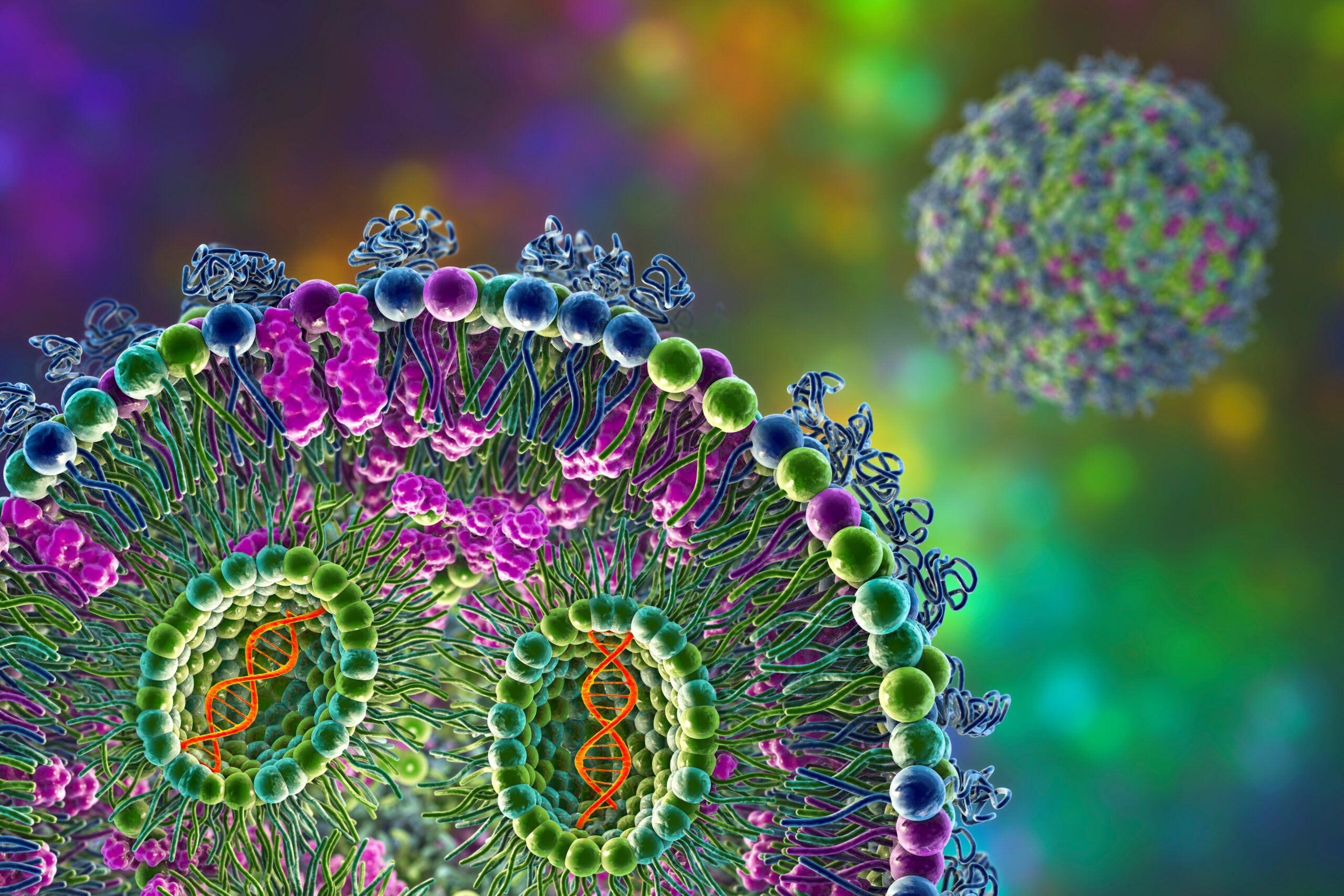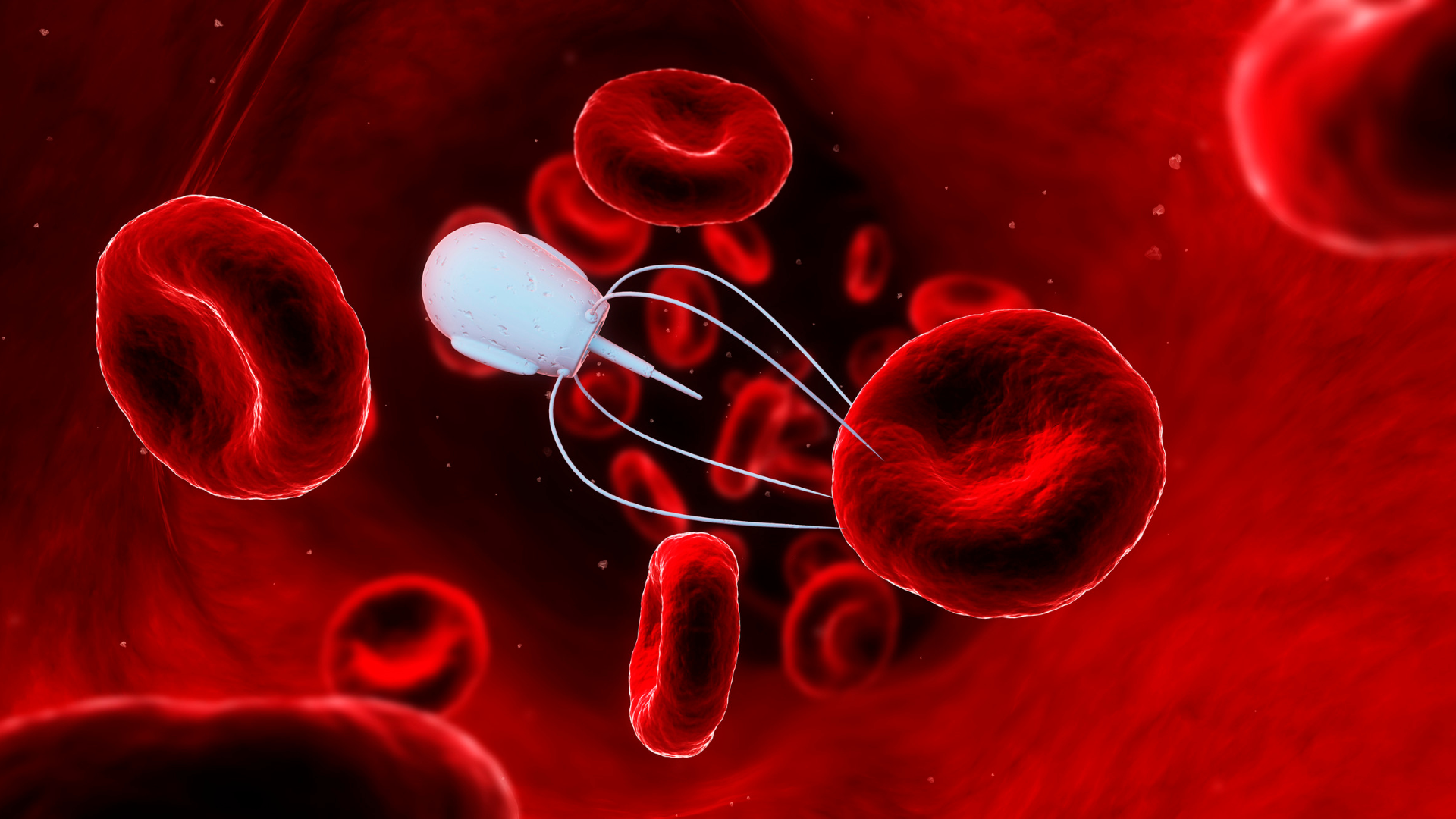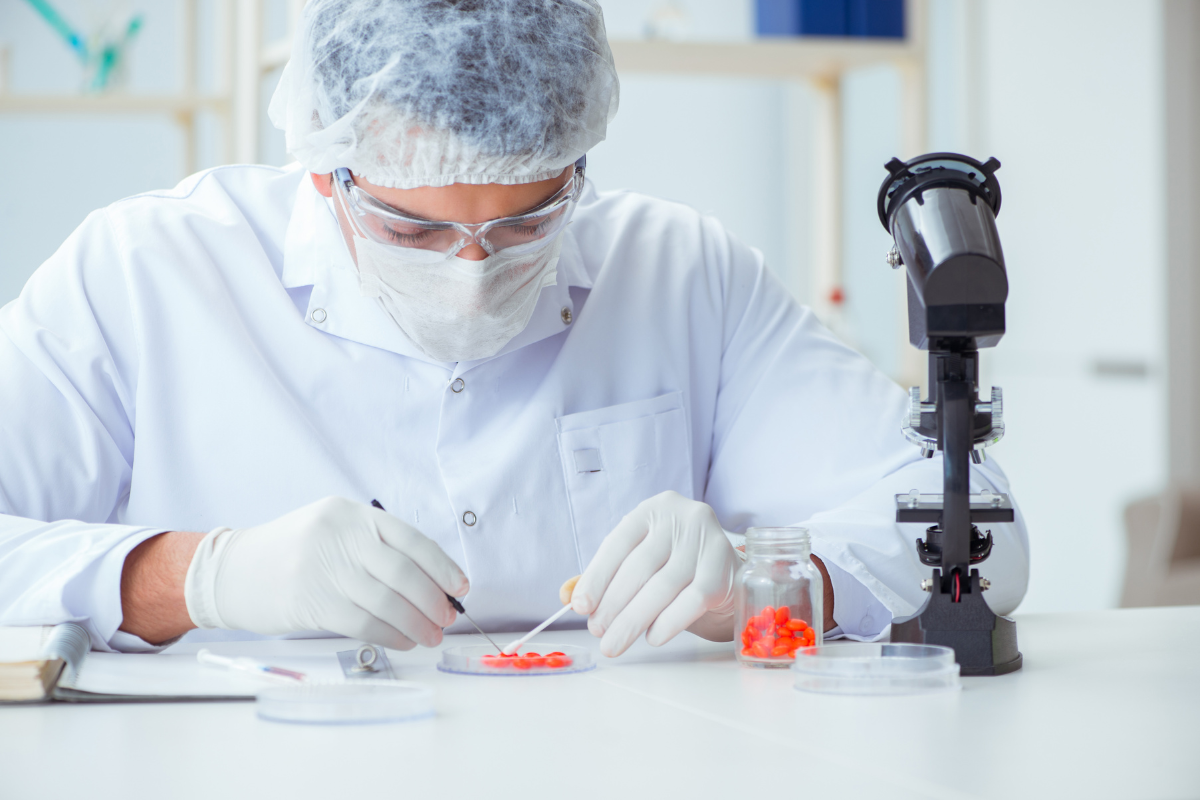Key Strategies and Challenges for Lipid Nanoparticles

Our June discussion group brought together a team of key opinion leaders to discuss the latest developments in nanoparticle drug delivery. Michael Munson, Senior Research Scientist at AstraZeneca kindly volunteered to lead the conversation. Munson has a background in cell biology, having carried out a PhD at the University of Dundee studying endocytic trafficking and lysosomal regulation. After a postdoctoral period at the University of Oslo carrying out siRNA screening for novel regulators of mitochondrial degradation, he joined AstraZeneca in 2018 as a part of the Pharmaceutical Sciences, Advanced Drug Delivery department to research nanoparticle development.
- “Teaching Old Drugs New Tricks”: Repurposing Therapies Using Nanoparticle Delivery
- Exploring Ways of Crossing the Blood-Brain Barrier
- Handle with Care: Continuous Delivery of Fragile Molecules
Since joining AstraZeneca, Munson has combined an interest in microscopy with high-throughput assays, automation, and data visualisation. This expertise has enabled rapid formulation, development, and characterisation of nanoparticle vectors from formulation to intracellular delivery. This work includes the implementation of NanoProfiler, a cellular tool for understanding nanoparticle behaviour across three key stages of intracellular delivery: cellular uptake, endosomal escape, and functional delivery.
Nanoparticle Development:
“Your mRNA is only as good as your delivery vehicle,” Munson explained. “With lipid nanoparticles (LNPs), you need to redefine how you view the drug discovery process. With classical small molecules, you define a target, you get some lead compounds, then you make some modifications and tinker to get better binding. The last stage is figuring out how to get you that formulation into a tablet or other delivery vehicle – a downstream process.”
“Here, you've got the complete opposite workflow,” continued Munson. “We start with a delivery vehicle that can get to this subtype of cells, only then do you focus more on what the actual mRNA drug would be or what the relevant target is in that tissue.”
“In vitro-in vivo discrepancy is where I see one of the biggest problems. Often, with these modalities they’re all tested in the target cells in vitro by transfection. It's a simpler system, when we try to replicate leading LNPs in vivo, the correlation is more tenuous. I have seen a lot of programmes struggling with this. Even so, I think in vitro testing is a useful approach to test the ability of the cells to pick up your payload and test different LNP formulations.”
Safety & Immune Responses of Lipid Nanoparticles:
“Obviously, safety is a key consideration, especially when aiming to treat some kind of chronic condition. If you're going to repeatedly dose someone with LNPs, we can't be having a strong immune response to that. You could think about it in terms of immune responses that are in response to the cargo itself. So, for example the mRNA cargo, that could be seen as foreign.”
“There are a number of ways that people are starting to look at trying to get around some of these issues and modified mRNA is one of the most obvious one that aims to avoid recognition of therapeutic mRNA as non-native mRNA."
Optimising Delivery to Specific Tissues:
“When it comes to LNPs, another area of interest is understanding more about whether certain compositions and certain components work better in one administration rather than the other.”
“Intravenous delivery of LNPs has a lot of experience and precedence behind it, and because they're particles, they typically go to the liver and get filtered out. So, you often get a lot of liver accumulation, but there are certain ways to change the charge of those particles during formulation, which can alter biodistribution.”
“Inhalation is another route that has been pursued. But that also has a lot of challenges in terms of how you prepare the LNPs and dry them in order to inhale them as a powder form instead."
“If we take inhalation as an example, there's some recent work that shows that you can nebulize these LNPs and get functional delivery, but you really need to bump up the amount of polyethylene glycol (PEG) on your particles. This PEG that is on the outside, you need to significantly increase the ratio of that to protect them during the process.”
At Oxford Global, we could not be more pleased with the turnout and feedback from this discussion. This meeting provided the perfect setting for exchanging ideas, sharing innovations, and discussing the ever-evolving nanoparticle therapeutics landscape. If you would like to join one of our future groups, please take a look at our upcoming events page.






